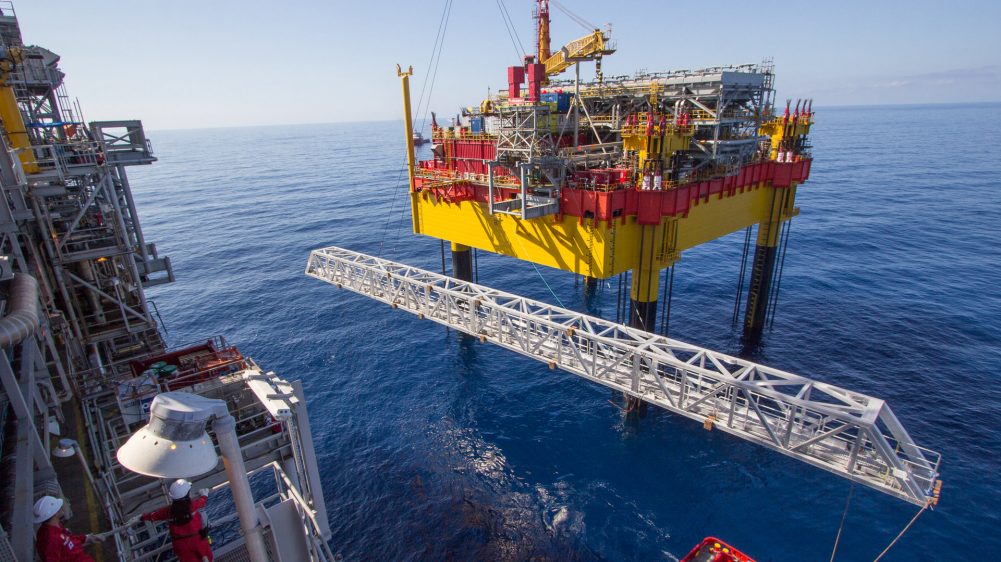APRUBADO NG DOE: First Gen LNG project certified as project of national significance
- August 9, 2019
- 0

The certification was awarded through FGEN LNG Corp. (FGEN LNG), a wholly owned subsidiary of First Gen Corp., which filed its application in June and was approved by the Energy Investment Coordinat
ing Council (EICC) through the Department of Energy (DOE).
The basis of FGEN LNG’s application was that its LNG project will require the development of significant infrastructure, complex technical processes, and engineering designs that will positively affect the environment.
The hub will be located in the First Gen Clean Energy Complex (FGCEC) in Barangays Santa Clara, Santa Rita Aplaya and Bolbok, Batangas City.
The company broke ground in May, with its LNG h
ub costing around $700 million to $1 billion.
The first development phase of the project will include new unloading facilities for LNG carriers; a 200,000-cubic-meter LN
G storage tank with a maximum sendout capacity of up to 5 metric tons per annum (MTPA); two loading bays for LNG truck; and a plan for a future LNG carrier loading system for vessel capacities from 5,000 to 40,000 cubic meters.
The second phase will have an additional 200,000-cubic meters LNG storage tank; increase the sendout capacity to 7 MTPA; another two LNG truck loading bays and an LNG carrier loading system.
The project’s target goal is to be completed before the Malampaya facility runs out of gas supply in 2024.
First Gen said this LNG hub project will play an important role in securing energy supply, especially when the Malamapya can no longer produce fuel for gas-fi
red power plants.
“We believe that this project is crucial to ensure the continued operations of the 3.2-GW existing natural gas-fired plants given the expected reduction in gas supply from the Malampaya field up to the expiration of the contracts by 2024,” Executive vice president and chief commercial officer of First Gen Jonathan Russel was quoted in a BusinessMirror report.
“First Gen will continue to work hard to ensure that this project will also be available to allow the development of new gas-fired capacity, with a lower carbon footprint that will support introduction of more intermittent renewables for the Philippines,” he added.